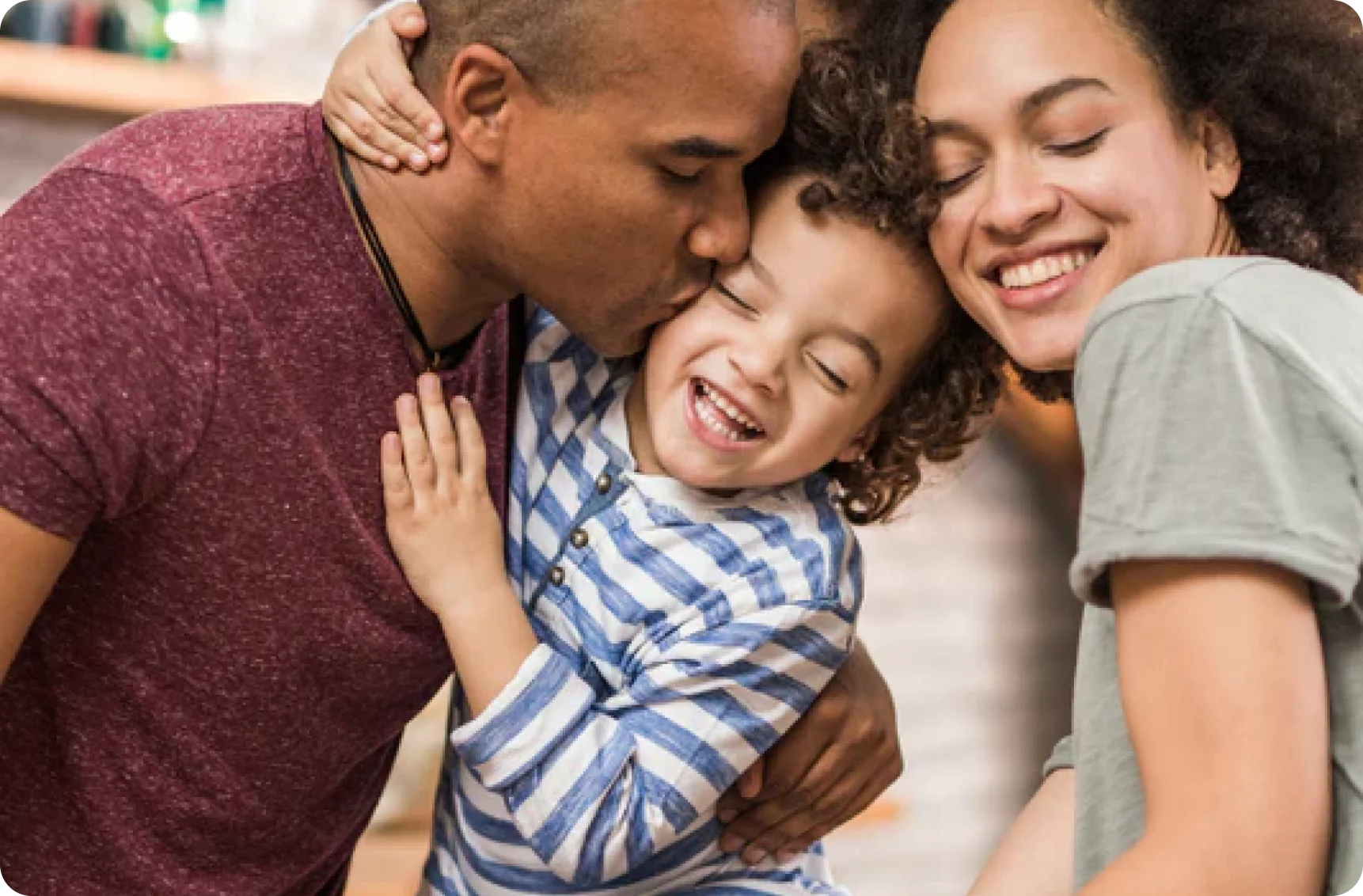As parents and teachers, we know children want and need opportunities to play, talk, and think creatively. Here are some ways that fun arts and crafts for kids, as well as art and play, help kids learn important skills, as well as some ways to include art and play in your child's daily life.
Children enjoy creative play because it helps them to be creative, express themselves without criticism, and explore different art forms. Art play encourages creativity, healthy childhood development, problem-solving, and other skills. Art experiences improve children's academic, social, and emotional results, helping them develop self-esteem, confidence, and creative thinking abilities to become effective, involved citizens.
Crafts for Kids: The Importance of Art and Creativity for Kids
Creative play is a vital part of childhood and child development. Children can grow emotionally, socially, intellectually, and physically through fun arts and crafts for kids, as well as creative and imaginative play. Creative experiences, including easy crafts for kids, help children develop these skills and enable them to share their thoughts, feelings, and ideas.
Exposing children to creative opportunities, such as creative crafts for kids, contributes to and furthers their development. Creating ways to play creatively doesn't have to be stressful or take a lot of time. Over-structuring is the opposite of creative play.
Creative Crafts Equals Positive Moods for Kids

If, due to the pandemic, your kids are always stuck at home, you'll want to have a screen-free activity that will create precious moments as a family.
It can be challenging to manage moody children. Fortunately, painting can help minimize tantrums and provide quality time with the kids.
Painting is a way of bonding that is stress-relieving for kids. Through art, they learn communication and how to express their thoughts and ideas. While enjoying your time together, you teach your kids essential life skills.
Kids are Naturally Creative
Playing is not a passive act. No child plays idly. When kids play, they think, connect, and create. By learning that a spider spins its web in school, kids feel about those experiences, incorporate them into their play, and create new connections. Play, in this aspect, is just as important as education. Play is education.
Kids Develop Life Skills through Art Activities

Art may seem like fun and games — and it is, but you may not realize that your child is learning a lot through exploring the arts and doing art activities. Your children will gain useful life skills through art, so encourage them to get creative, and you will quickly see that your children are picking up these skills:
Communication Skills
Fun arts and crafts for kids, like drawing, painting, and dangling buttons from a wobbling mobile, help kids communicate visually. A youngster can utilize enjoyable arts and crafts for kids to commemorate a park trip, release joy by painting swirling colors, or communicate a painful situation like a loved one's death. Art, including kid-friendly crafts, expresses feelings that words cannot.
Problem-Solving Skills
When kids try out craft ideas for kids, they try out different options and work through problems, just like scientists do when they try things out and find answers. Should I put my mobile on a shorter piece of yarn? What should I do instead? This tape isn't sticking. I thought I made orange; how did I make brown?
Art allows children to make assessments while teaching them that a problem may have multiple answers. Instead of following specific rules or directions, the child's brain becomes engaged in discovering "how" and "why."
Even while experimenting or learning to handle art materials effectively, children overcome challenges and brainstorm new ways to handle unexpected problems.
Social & Emotional Skills
Art helps children understand themselves and their control over their behaviors. Through art, they also practice sharing, taking turns, and appreciating one another's efforts. Art fosters positive mental health by allowing a child to show individual uniqueness, success, and accomplishment, all of which are part of cultivating a positive sense of self.
Fine Motor Skills
Fine motor skills enable a child to do things like delicately turning the page of a book or filling in a sheet of paper with written words. Holding a paintbrush so that it will make the desired strokes, snipping paper with scissors into concrete shapes, drawing with a crayon, or squeezing glue from a bottle with control all help develop a child's fine motor skills.
Self-Expression and Creativity
Children express themselves through art on a fundamental level. Sometimes, their artwork manifests that expression, but more often, the physical process of creating is the expression.
Create enjoyable, fun arts and crafts for kids to work through feelings and emotions and show off a finished item to express sentiments in a fresh and meaningful way. Child creativity is also fostered through art. Children answer and direct themselves in engaging arts and activities for kids. Art demands creativity—free thought, experimentation, and analysis.
6 Ways to Inspire Creativity

Foster process-focused art with advice from Leslie Bushara, Deputy Director for Education at the Children's Museum of Manhattan.
- Prepare for a mess. Set up an art space where your kid can experiment (and get messy!), advises Bushara. Throw a drop cloth or a newspaper on your kitchen table or in the garage. If weather permits, let kids paint outside.
- Avoid giving directions. Don't tell your kid what to make or how to make it. Instead of saying, "Paint a rainbow," encourage her to "experiment with mixing colors using different types of brushes and paper," suggests Bushara.
- Speak specifically about art. Try to be precise in your comments when talking to your child about his artwork. For instance, instead of giving a generic compliment, Bushara recommends saying, "I see you used a lot of purple. Why did you choose that color?"
- Find out how your child thinks. Most of the time, the best way to get your child to talk about his or her art is to say something like, "Tell me about what you made," or "Did you have fun making it?"
- Don't draw with your child. When parents draw something representational while a younger child is sketching, it can frustrate them, warns Bushara. "It's better to be near them and let them know you're interested and supportive of their art-making," she says.
- Let it be. When a child finishes a piece, don't suggest additions or changes, advises Bushara. It's important for a child to feel that what they've created is enough — even if it's just a dot on the page.
Creative Activity - No Drawing Lessons Needed
Go beyond doodling with markers or crayons with this Art Kit

Provide opportunities for your children to be creative.
Want your child to get the most out of making art? Encourage them to make art through Rock Painting Activities.



